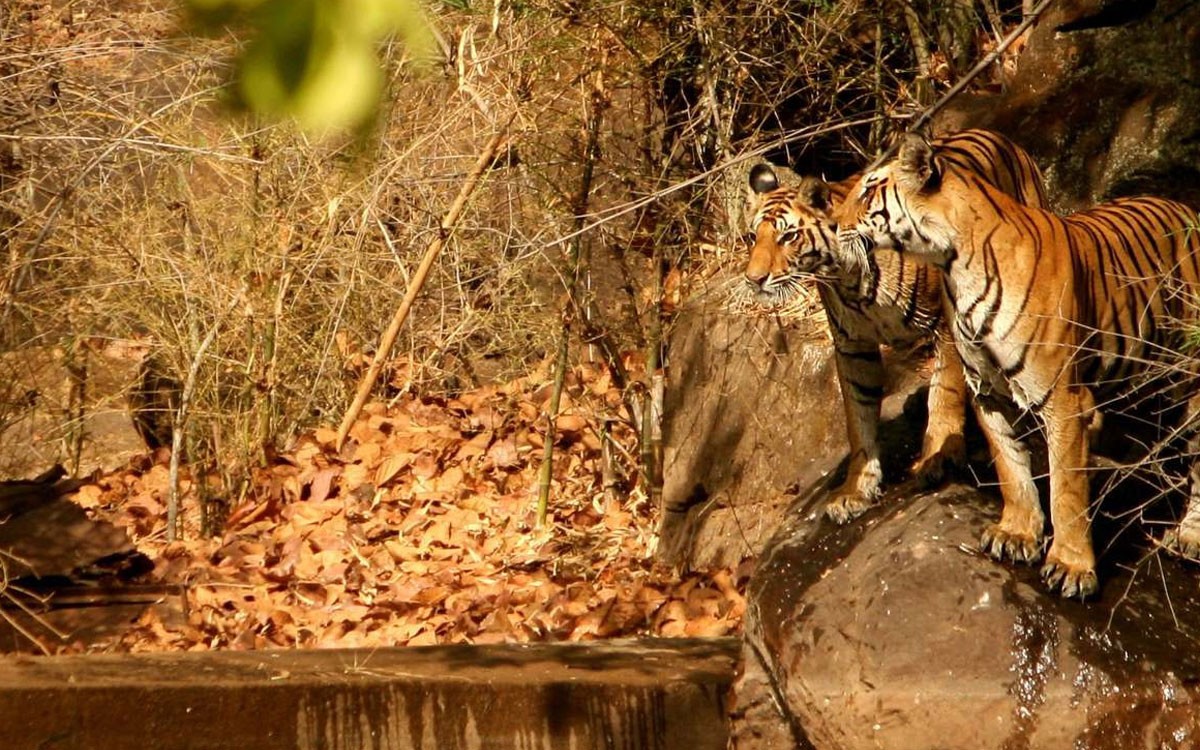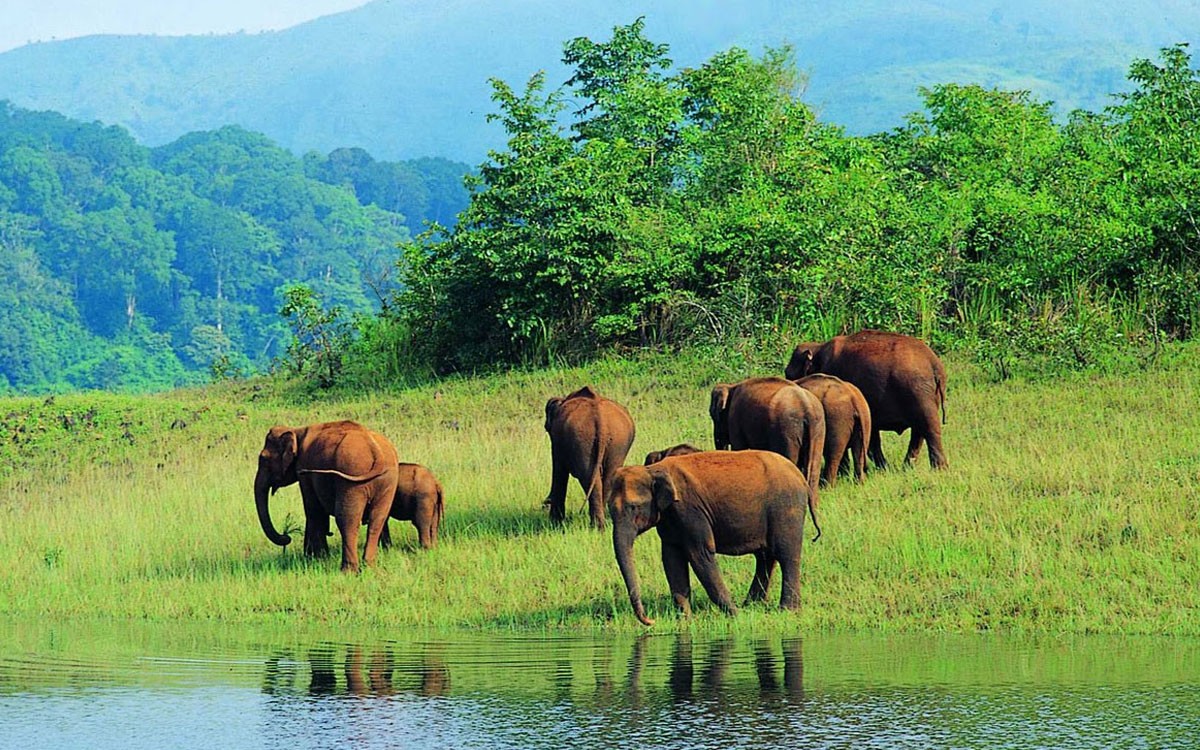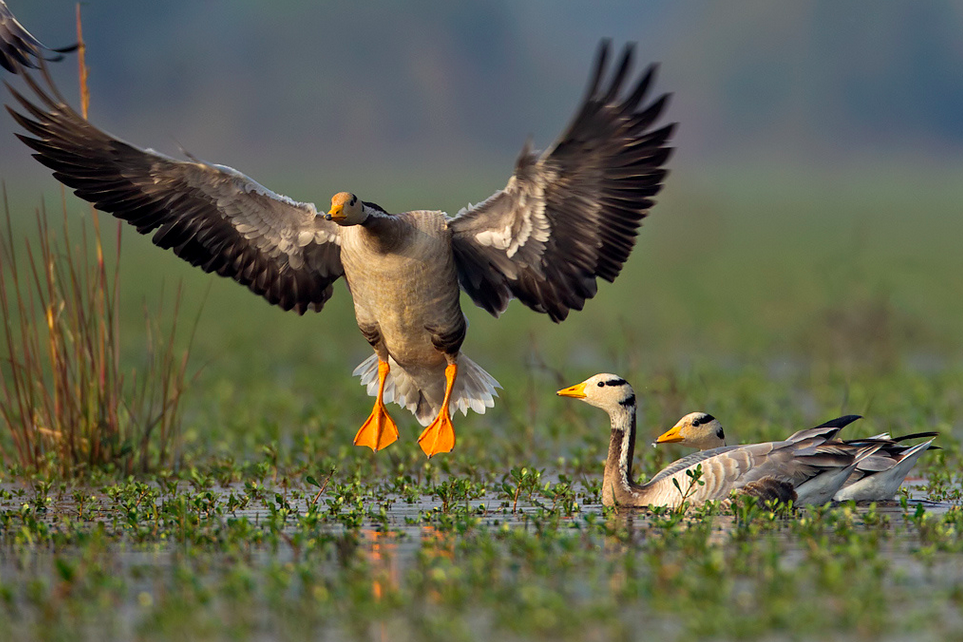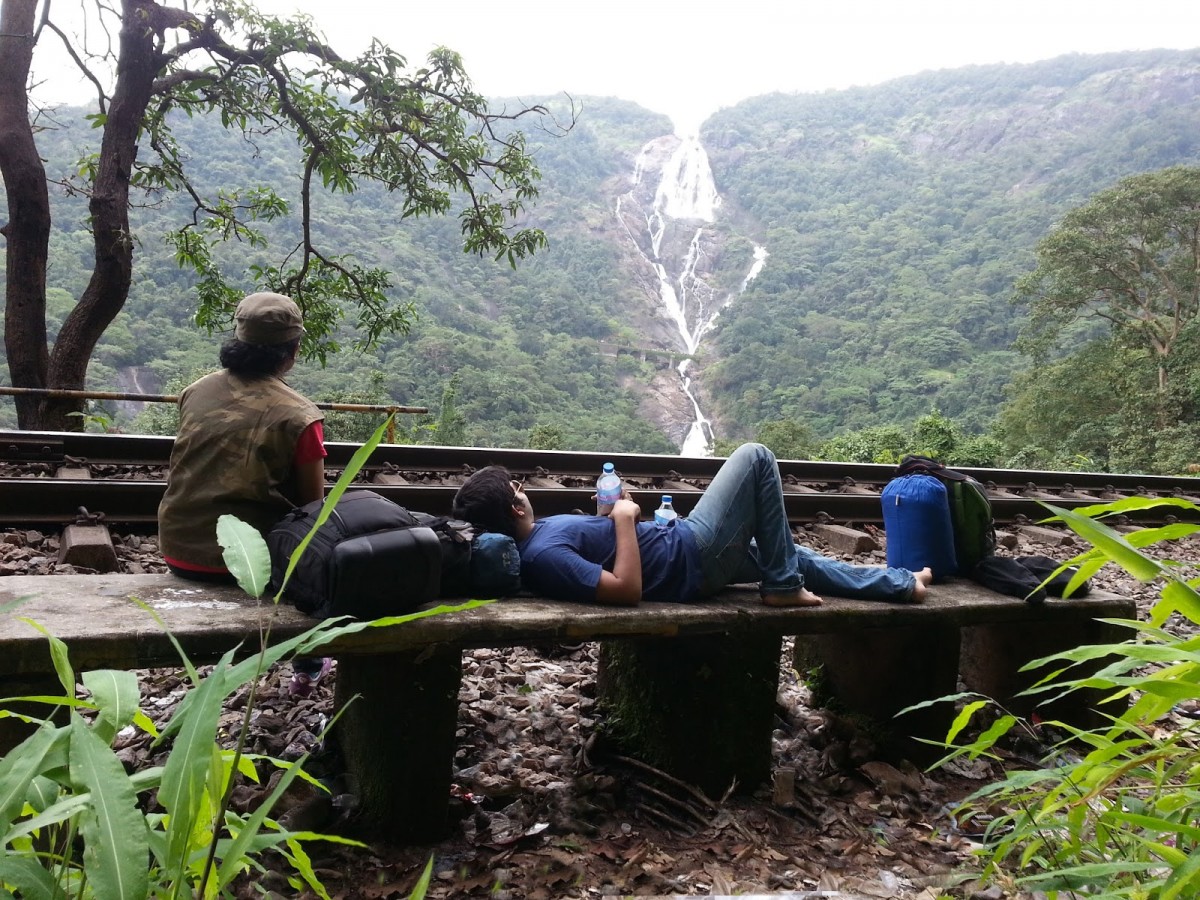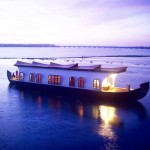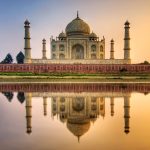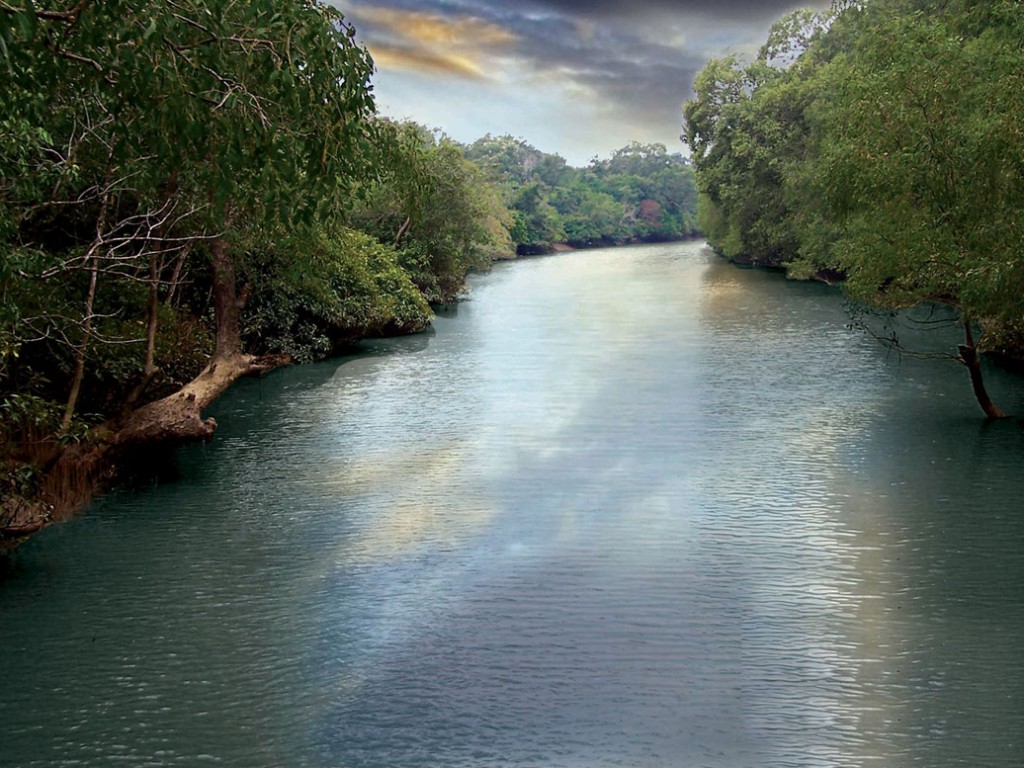
BhitarKanika National Park
Bhitarkanika National Park at a Glance
| IUCN category | II (National park) |
| State | Orissa. |
| District | Kendrapara |
| Area | 145 (650) Square km. |
| Year of Notification | 20 October 1988 |
| Vegetation | Marine |
| Latitude | 20 degree 30’ – 20 degree 48’N |
| Longitude | 86 degree 45 – 87 degree 01’E |
| Special status | Crocodile sanctuary. |
| Fauna (Animals) | Estuarine crocodiles, Sea turtles & Marine Birds. |
| Recommended Period for Visit | Oct.- May. |
| Area | 17,000ha |
Bhitarkanika National Park’s Land Status: Bhitarkanika National Park is a Reserved Forest, Protected Forest, Government Wasteland and private land. Physical Features the sanctuary is crisscrossed by estuarine rivers and streams. Altitude ranges from sea level to 10m.
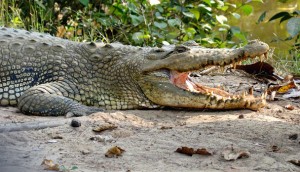
Fauna the Bhitarkanika National Park has been specially established to preserve the saltwater crocodile crocodylus porous, and the aquatic habitat harboring many interesting species of life. The crocodile population was reported as being about 200 in 1980. There are sea turtles, water monitor lizards leopard and wild boar. Among the reptiles is the king cobra. There are many species of birds including the white ibis Threskiornis melanocephala, brahminy kite haliastur Indus and others.
Valuable References: Secretary, Forest & Wildlife, Govt. of orissa, Bhubneshwar (Orissa).
This is one of the Marine National Park of Indian subcontinent located in Orissa province a secluded mangrove area on the delta of the river Brahmhani in Orissa. The flora and fauna is much in similarity to that of the sunderbans although minus tigers. In this park cover along the banks of gahiramatha thousands of bustards, tortoises come to hatch their eggs at night in the winter months. In the tradition of old Indian wildlife reserves this was the hunting ground of the erstwhile maharaja of Raj Kanika. In the year 1975 Bhitar Kanika sanctuary, with 650 Sq. km was founded. It was originally notified as a wildlife sanctuary and later came into existence as a National park as lately the state government of Orissa has decided to form it into a national park only. This is at the estuary of river brahmani. The park is best to visit for the marine wildlife which includes birds, estuarine crocodiles and sea turtles., one part of this sanctuary consists of mangroves and the rest is swampy and is under use for rice cultivation. It stretches 35 km up to the gahir matha banks and the embankments rise up to 30m. Each yeat new islands are formed with the large sand stock Brought in by the sea tides.
This region is rich in biodiversity and among variety of pioneer plant species here reference can be made of avicennia alba avicinnea officinalis and rhizophora mucronata (mangrove types). Inside land in the low salinity area is hospitable to the growth of the sundari tree (Excoecana aqualloctia) and the thespia tree. The sand dunes along the strands were site for plantation by the forest department with plant species like casurinas (of Australian origin) and grasses such as spinifex squarrosa, the indigo bush and eyper grass particularly after the storm of 1981 which destroyed the vegetation in big way.
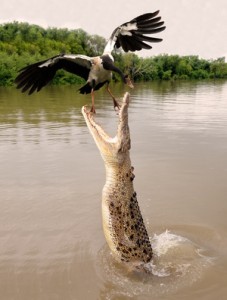
The major wildlife attraction here is olive ridleys (Lepidocheivs olivacca). Among the marine turtles, many nest on beaches covered by this National park and real turtle nesting extravaganza takes place here in February – March primarily at popular gahiramatha beach. As per estimate nearly 2,00,000 Olive ridleys (Lwpidocheivs olivacca) nest in the space of 3-4 nights. The other wild animals found are the wild pif the rhesus monkey and chital they come on search of food to the area between the water and the forest. From May to December visitor birds come in thousands and form nesty colonies. The white necked sea eagle nests in 7-8 pairs. The other bird species seen in the vicinity are many other types of birds like fish eagle and the schikra are also found here. The Bankiwa hen is also reported here in abundance. Another exclusive feature is presence of crocodiles which can be photographed from the boat. The wildlife conservation project here comprises rehabilitation of crocodiles and their hatching. The hatching of the tortoise is 2 to 3 phase affair between December and April.
How to Reach Bhitarkanika National Park: To visit the Bhitarkanika National Park one has to come via Bhadrakh (Railway) or Bhubneshwar (Air) and park Authorities may be contacted in advance for accommodation in the rest houses. The recommended period to visit this park is October – May and forest rest houses can be best place to stay, provided one ensures their availability with prior booking after contacting park authorities. It can be reached from chandbali there is a daily bus which reaches the distance in 14 hours. A ferry connects Natitapatia to chandbali (1.5 hours). From Natitajahu to Dengmal the distance is 6 km. this the place from where boats can be hired.
Temperature in Bhitarkanika National Park: The temperature variation in the region is high and the winter temperature ranges between 13oC-33oC while in November temperature drops remarkably. The annual rainfall in the region is 1600 mm. the humidity from December to May varies between 60-87% and from June to November 75-92%. The best recommended time to travel is between November and February.
Where to Stay in Bhitarkanika National Park: At Bhitarkanika Guest houses are available in Dangmal, Ekabula and Gupti (all without electricity), and in addition to arrangement of light one need to take provisions for the period of stay Primarily due to limited accommodation advance bookings should be made in the forest office in Chandbali so that there is no disappointment in this respect.

